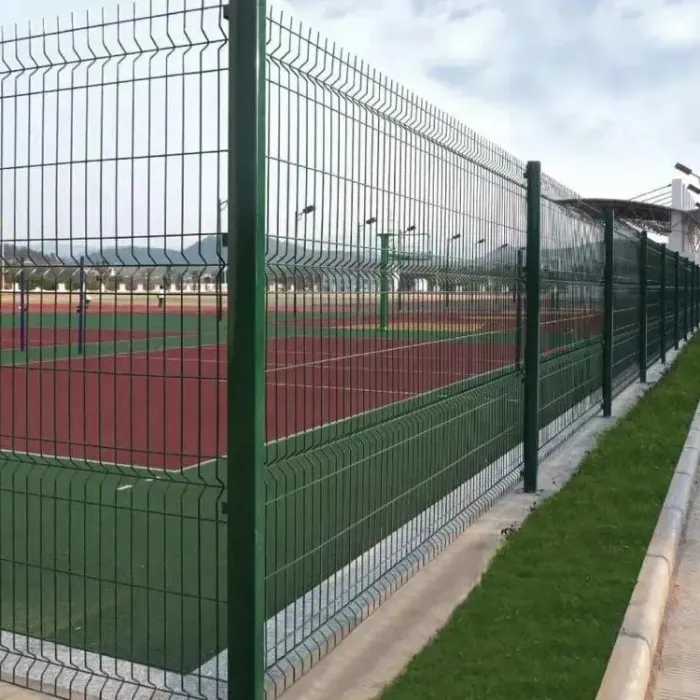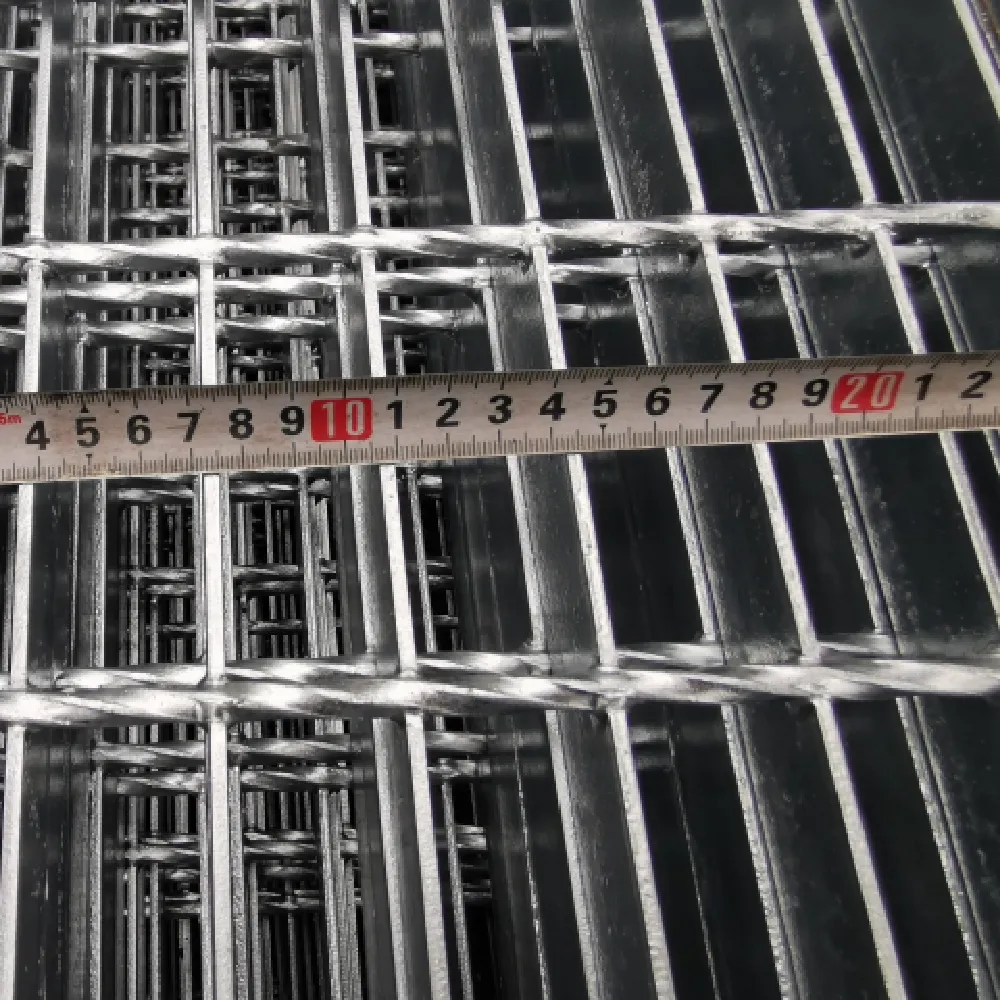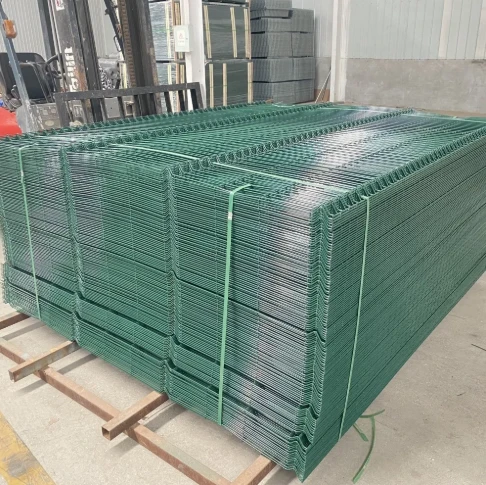Iron wire is an essential component in various industries, whether in construction, agriculture, or manufacturing. Its price fluctuations can significantly impact the bottom line of businesses reliant on its steady supply. Understanding the factors influencing iron wire prices can empower purchasing managers, industry experts, and even small-scale consumers to make informed decisions.

Currently, the price of iron wire is influenced by several global and domestic variables. One major factor is the cost of raw materials, primarily iron ore. As a foundational material in steel production, fluctuations in iron ore prices directly affect the cost of iron wire. Recent trends have shown that geopolitical tensions and trade policies can lead to unpredictable changes in ore pricing. It is crucial for businesses to monitor these international dynamics closely to anticipate potential cost increases.
Another significant element is the processing and manufacturing costs associated with producing iron wire. These costs can be influenced by local economic conditions, labor wages, and technological advancements in production processes. For example, regions with access to advanced manufacturing technology may offer more competitive pricing due to reduced production costs. Buyers should consider these regional differences when sourcing iron wire to optimize expenditure.

Transportation and logistics also play a critical role in the pricing of iron wire. Given the substantial weight of iron products, shipping costs can be considerable. Variations in fuel prices and changes in trade routes are factors that can alter the final cost for consumers. It's advantageous to establish relationships with suppliers who offer efficient logistics solutions, reducing transit time and cost.
The demand for iron wire within different sectors also affects its price. For construction and infrastructure, a boom in these industries often leads to increased demand, driving up prices. Similarly, the agricultural sector's need for iron wire for fencing and other applications can lead to seasonal price spikes. Consistent market analysis can help businesses forecast these demand patterns and adjust their purchasing strategies accordingly.
iron wire price
Quality and specifications of iron wire also have a considerable impact. Higher quality wire with specific gauge requirements, tensile strength, or coatings can command a higher price. Businesses must balance the need for durability and performance with cost-efficiency. Establishing quality standards and confirming that suppliers adhere to these can ensure that the wire purchased meets the needs without overextending the budget.
Industry experts recommend diversifying suppliers to mitigate risk and leverage competitive pricing. Building a network of reliable suppliers ensures that businesses are less affected by price surges from a single source. It also allows for comparative analysis of pricing models, which fosters stronger negotiating positions.
Trustworthiness and the credibility of suppliers cannot be overstressed. Due diligence, including reviewing supplier history, certifications, and market reputation, helps in avoiding potential losses through substandard products or unreliable service. Partnering with established suppliers who have demonstrated consistency in quality and transparency builds long-term trust and stability in business operations.
In conclusion, staying informed about the factors influencing iron wire prices—ranging from raw material costs to logistical considerations—is essential for any enterprise invested in its use. By aligning purchasing strategies with market conditions and establishing sound supplier relationships, businesses can not only manage expenses more effectively but also position themselves as competitive players in their respective markets.
























